Photography
UW Medicine photography
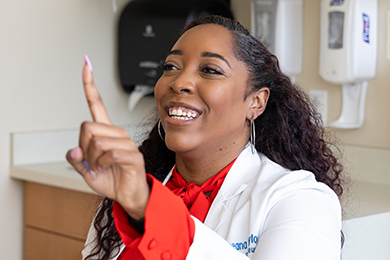

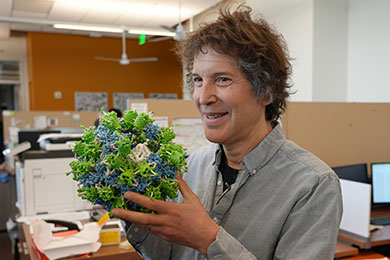
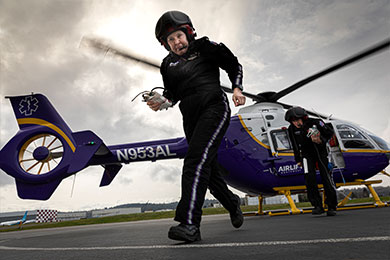
Our brand photography is all about storytelling — we believe that each face represents a story and a real-world experience, need or success. We photograph our stories in a refreshing perspective that always puts our patients first. When we’re successful, our images draw the viewer into an empathetic and friendly scene that speaks to the provider and patient experience. This approach distinguishes us from most of our competitors and solidifies our credibility with our audience.
Table of Contents
- Photography Resources
- Photography Guidelines and Best Practices
- Bio Photography Requests
- UW Guidelines for Research, Shop Settings and University Locations
- Stethoscope Photo or Video Guidance
- Wardrobe Suggestions and Tips
- Photo and Video Credits
- Contact
Photography Resources
Visit the Photography Galleries page, featuring downloadable images and video:
The University of Washington also has a curated gallery (UW NetID required) for marketing and communications use at the UW. All images are copyright of the UW.
UW Medicine Photography Guidelines and Best Practices
Following our photography guidelines and best practices is crucial as it ensures authenticity and inclusivity in visual representations. These guidelines help in depicting genuine clinical interactions and diagnostic activities, which ultimately enhances the credibility of the images.
In research settings, following these guidelines ensures safety and accurately showcases the breadth of our impact. Ultimately, these best practices foster a positive and professional image, reinforcing the values and standards of UW Medicine.
Photography Guidelines

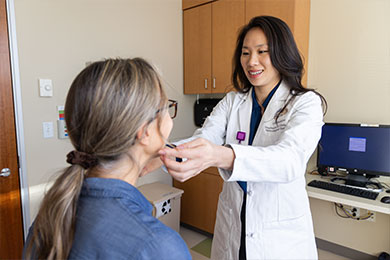


- Ensure that the image prioritizes the patient’s experience and perspective.
- Capture genuine interactions and authentic expressions.
- Maintain a clear and focused composition to enhance visual appeal.
- Ensure patient privacy is maintained and images do not give the appearance of violating privacy.
- Have all participants appearing in photos signed the appropriate consent and release form?
- Be cautious of any identifiable information in the image, like an employee badge.
- Ensure the main subject is clear and prominent.
- Maintain a balanced and fair composition and avoid cropping in a way that suggests favoritism of one group over another. Is the image cropped in a way that favors one group over another, which reinforces bias?
- Ensure photo selection represents the UW Medicine community:
- Race and ethnicity
- Gender
- Abilities
- Age
- Body type
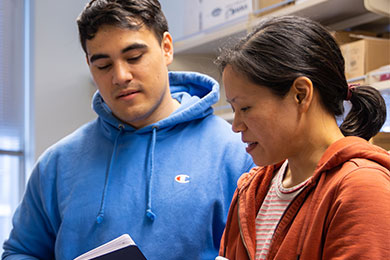



What to avoid:
- Avoid reinforcing negative stereotypes and reflect on what the photo represents and its impact.
- Be mindful of elements that may cause discomfort, such as needles, blood or intrusive poking that could make your audience uncomfortable.
- Avoid using visual elements like flashing lights that can induce photosensitive epilepsy, headaches or migraines.
Photography Dos & Don’ts
Dos
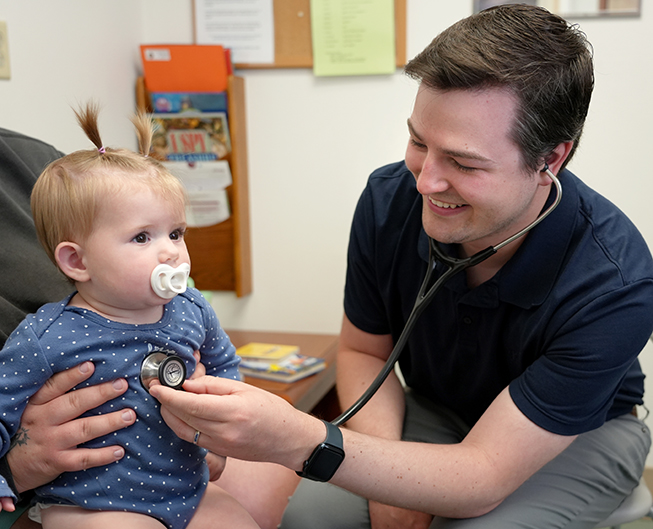
- Focus on real moments and real stories.

- Aim for clear photos for readability.

- Use natural smiles, real poses.
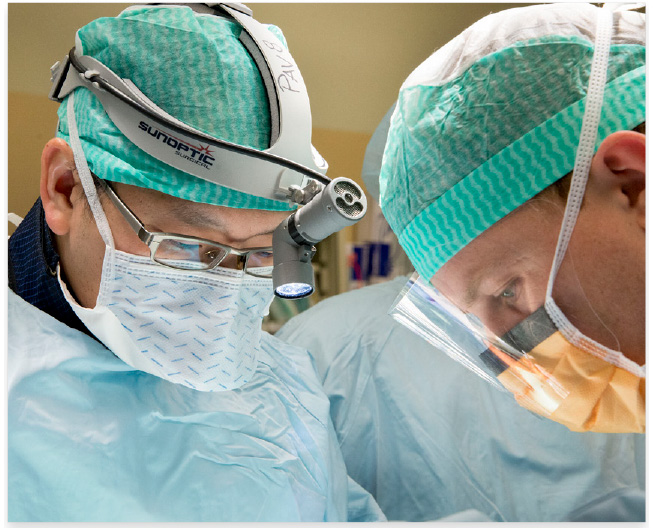
- Focus on real scenarios with natural lighting.
Don’ts
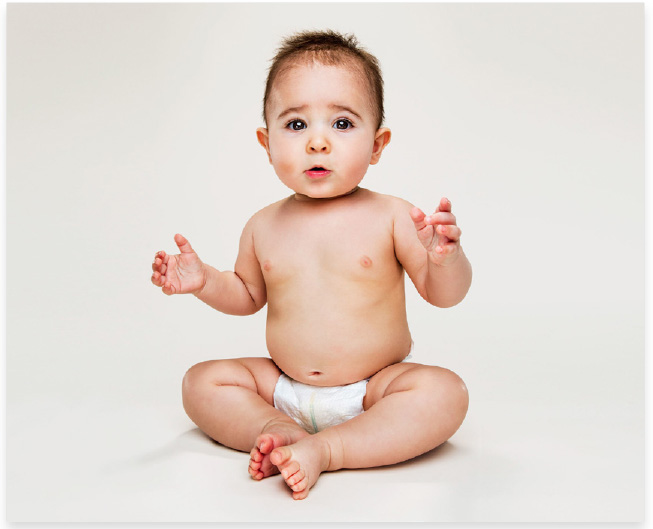
- Do not use images for decoration only (for example, cute babies). Images should support the main point of the page or topic.
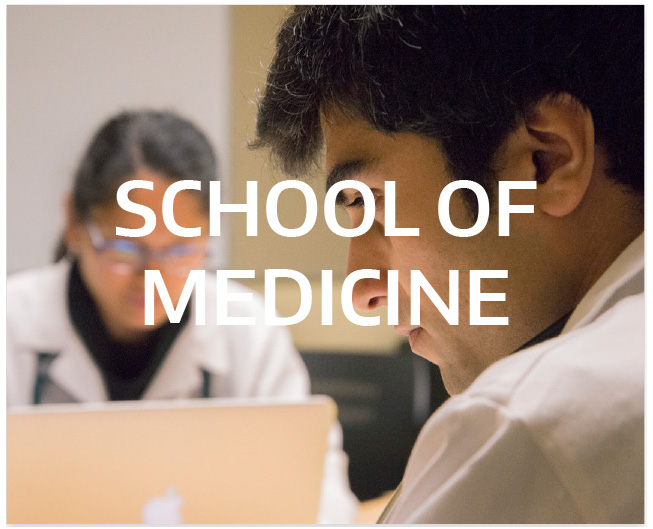
- Do not put text in images. Search engines and screen readers can’t read it (mobile use only).
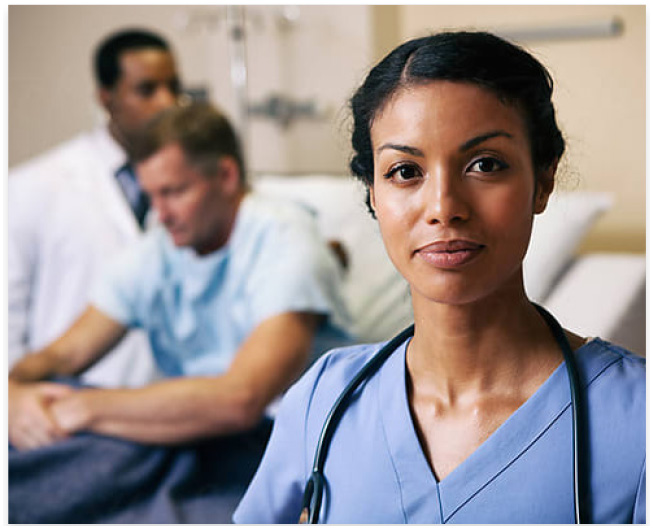
- Avoid stiff and unnatural smiles and look-at-the-camera poses.
- Avoid staged and unnatural depictions of interactions.

- Avoid over-processed, unnatural colors and false versions of nature.
- Avoid poorly lit photography.
Special Considerations When Using Stock Imagery


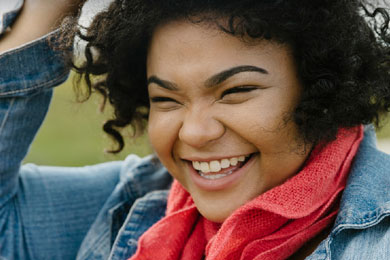

Stock photos are a useful way to illustrate sports and physical activities, domestic moments, the outdoors and lifestyle scenes. They can illustrate sensitive subjects like mental health, addiction issues, sexual health and more.
- Reflect the unique environment and culture of the Pacific Northwest.
- Avoid overly staged or artificial scenes.
- Handle sensitive topics with care and respect.
- Do not use stock photography to represent UW Medicine care, research or teaching. Healthcare images featuring the back of a model’s head with a focus on the patient’s face are acceptable. However, ensure it does not include staff, uniforms, activities, or locations not associated with UW Medicine.
Bio Photography Requests




Find details on bio photography standards and how to get a new bio photo taken on our Bio Photography Requests page.
Photographers’ guidelines for research, shop settings and university locations
All individuals who appear in a photo intended for public viewing taken in a University setting with hazardous materials or physical safety hazards must follow health and safety compliance requirements and best practices for those locations, including wearing appropriate personal protective equipment (PPE).
UW Medicine wardrobe suggestions for photo shoots
This is a list of approved wearable suggestions for our photo and video shoots.
Stethoscope Photo or Video Guidance
When incorporating stethoscopes into photography or video, avoid draping them around a provider’s
neck. Instead, show professionals actively using stethoscopes during patient care while following best
hygiene practices. Rather than using the common cliché of a stethoscope hanging around the neck to
distinguish a patient from a caregiver, consider using a generic badge buddy that indicates the
provider’s role, such as doctor, nurse, or physician assistant.
Dos

Don’ts

Photo and Video Credits
All photos on UW Medicine platforms need a documented right of use (for example, an active license when using a stock image or a completed contract with an approved UW vendor). All images available for download through the UW Medicine Photography Galleries are cleared for use.
The form below allows you to obtain usage rights for imagery taken by UW Medicine staff and other external photographers. Please retain a copy of the completed form while the provided imagery is in use.
Generally, imagery obtained through an active stock license, a contracted vendor, or a UW Medicine employee does not need a stated credit during usage unless otherwise stipulated in a contract or license.
Please see the Image Guidelines within the Digital Style Guide for information on sourcing and sizing images for uwmedicine.org pages.
Contact
Please contact Photo & Video Content Manager Zach Garcia at zmgarcia@uw.edu with any questions or comments regarding photography galleries, University-approved vendor information or for a photography brand consultation.